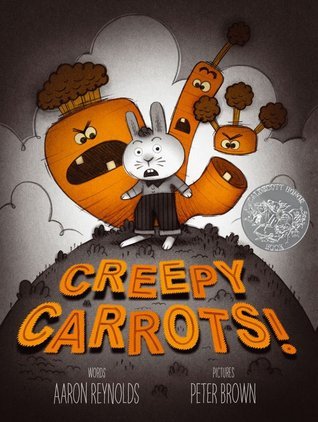In 2022 I was listening to an episode of the podcast, What Should I Read Next? with Anne Bogel – if you have not listened to this podcast, you should! So much content to add to your TBR! Anne was interviewing a guest about setting reading goals. The guest shared that her goal was to read 100 books that year – each title belonging to a year in the past century. Knowing that I could not commit to 100 books, I did want to give this goal a try in my own way! Thus began my commitment to reach 100 years of books by decade – 11 books each year! Below are the titles that I chose and the years that they were released! This has been such a fun goal and I am really getting the opportunity to read books that have broadened my horizons!
 Poirot Investigates by Agatha Christie (audiobook through Audible)
Poirot Investigates by Agatha Christie (audiobook through Audible)
Poirot and Hastings set out and solve 14 crimes in this compilation of short stories. Among the crimes solved include: missing pearls, dead counterparts, and a mother trying to do the right thing.
I always enjoy a good Christie novel!
 Mary Poppins by P.L. Travers (audiobook through Libby)
Mary Poppins by P.L. Travers (audiobook through Libby)
Join the Banks children as they go on many adventures with a nanny like no other! The Banks children have recently run their Katie Nana away and are in need of a new nanny. In blows Mary Poppins to turn their world upside down.
As a little girl, I watched Julie Andrews bring to life the delightful and eccentric Mary Poppins. As an adult, it was an absolute joy to listen to the audio on Libby and compare the differences between the book and the movie adaptation.
 The Hundred Dresses by Eleanor Estes (hard copy)
The Hundred Dresses by Eleanor Estes (hard copy)
Wanda has an interesting name and lives in Boggins Hollow where the poorest families live. One day on the playground, Wanda whispers that she has 100 dresses in her closet all lined up. The children laugh at her because there is no way her family could afford that many dresses. Now, it has been a few days since Wanda has been seen at school. One of the girls, Maddie is worried and begins to feel remorse for not standing up for Wanda.
This classic tale teaches such a great lesson to young people, first, never judge a book by its cover and second, always be kind.
 Horton Hears a Who by Dr. Seuss (hard copy)
Horton Hears a Who by Dr. Seuss (hard copy)
One day while cooling off in the pool, Horton hears a noise coming from a speck of dust leading to an unexpected friendship. Led by a mother kangaroo, the jungle animals begin mocking Horton and threaten the safety of the people on the tiny speck.
I loved sharing this classic tale with my kids! Horton is such a sweet and gentle character, it was fun to see how much my kids got into it!
 The Giving Tree by Shel Silverstein (hard copy)
The Giving Tree by Shel Silverstein (hard copy)
A tree and a little boy love each other. As the little boy grows, the tree does everything within her power to help him.
Such a powerful message on love and the effects of one-sided relationships. My kids loved this book and it was nice to have a discussion on what it means to be a good friend!
 If Beale Street Could Talk by James Baldwin (hard copy)
If Beale Street Could Talk by James Baldwin (hard copy)
Tish has loved Fonny for most of her life. Just as they are beginning to start a life together, Fonny is accused of a crime that he did not commit. Baldwin created complex characters navigating very real and unimaginable horrors. If Beale Street Could Talk is about the power of love and its ability to conquer all.
This was a beautifully heartbreaking story with an ending that I had hoped for!
 The House on Mango Street by Sandra Cisneros (hard copy)
The House on Mango Street by Sandra Cisneros (hard copy)
Happy 40th Birthday to “The House on Mango Street”!! What a beautiful book that was completely unputdownable. Loosely related to the life of the author, this beautiful work of art follows the young Esperanza as she grows up on Mango Street. Told is short stories, that somehow speak beyond their words, I feel as if I have an intimate relationship with each character especially Esperanza.
Loved, loved, loved this so much and am so glad that I chose this as my 1984 read!!
 Guess How Much I Love You by Sam McBratney, Illustrated by Anita Jeram (hard copy)
Guess How Much I Love You by Sam McBratney, Illustrated by Anita Jeram (hard copy)
This beauty that was on personal bookshelf as a child turns 30 this year! My 40th read is #guesshowmuchiloveyoubook and it is my 1994 read for my year decade challenge. Truth be told, I had intended to read a different title and it was just too dry and heavy for me!
Follow 2 rabbits (father and child) as they proclaim their love for one another. If you have little ones or just want a little nostalgia, consider picking this book up!
 The Truth About Forever by Sarah Dessen (hard copy)
The Truth About Forever by Sarah Dessen (hard copy)
This book was recommended to me in 2006. Now, I finally finished this title for my 2024 decade challenge and completely understand why it was recommended to me!
Macy has to say goodbye to her boyfriend Jason, her lifeline after the passing of her father, for the summer. Stuck filling in for Jason at the library with girls that she is pretty sure hate her, Macy is dreading her summer. All of this changes when her workaholic mom hires a caterer for a party and Macy steps in to help. Finding new friends and herself along the way, Macy struggles with being true to herself and what forever really means.
This book was so cute! Each supporting character had depth and were integral to the structure of the story. There were so many times that I was rooting for Macy and was so excited when she found her footing and stood up for herself!
 Z: A Novel of Zelda Fitzgerald by Therese Anne Fowler (audiobook through Audible)
Z: A Novel of Zelda Fitzgerald by Therese Anne Fowler (audiobook through Audible)
Dive into the world of 1920’s glam and elaborate parties with this title. Z: A Novel of Zelda Fitzgerald is a fictionalized account told in Zelda’s point of view.
As a fan of F. Scott’s works, I was excited and nervous to pick up this title but can say that it was so totally worth it! What a remarkably heartbreaking life of the life of one of the most famous writers.
Brought to life by one of the best audio narrators yet, this title made me cry and wish that I could have known Ms. Fitzgerald, she was truly a remarkable woman in a time where women were beginning to make names for themselves!
 Summertime Punchline by Betty Corrello (hard copy)
Summertime Punchline by Betty Corrello (hard copy)
Holy buckets!!! My heart is so unbelievably sad that I have finished this book. As many do, I put my hat in the ring for all of the giveaways on my TBR. Who doesn’t love a FREE BOOK? Somehow, I was lucky enough to be a winner of this charming and heartbreakingly funny title by Betty Corrello.
Delfina is about to have the chance of a lifetime, she has been selected for a coveted spot in Brainwave, the most prestigious event for aspiring comedians. When she is on the cusp of greatness, Del finds herself homeless and driving her friend’s car home to Evergreen, NJ. Del’s whimsical grandmother Nan welcomes her home with a surprise: she is buddies with someone from her past that she has tried very hard to forget.
What an honor it was to read this title and I thank Avon Books for the opportunity to read it and offer a review. I very much look forward to more reads by Corrello!
I’m excited to share what I am planning to read next year!
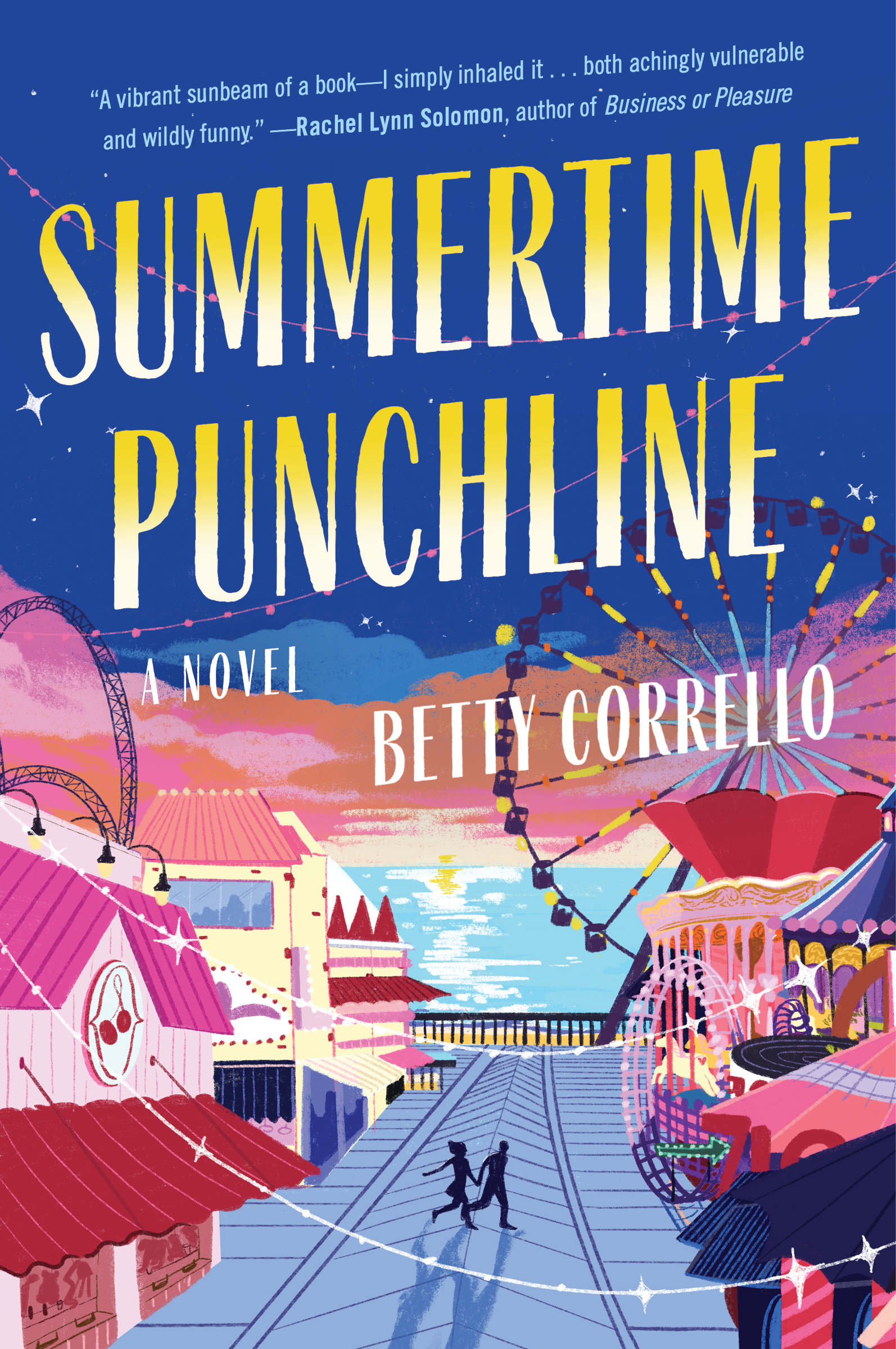
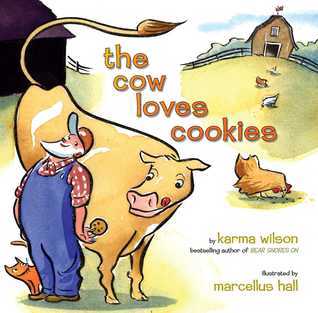








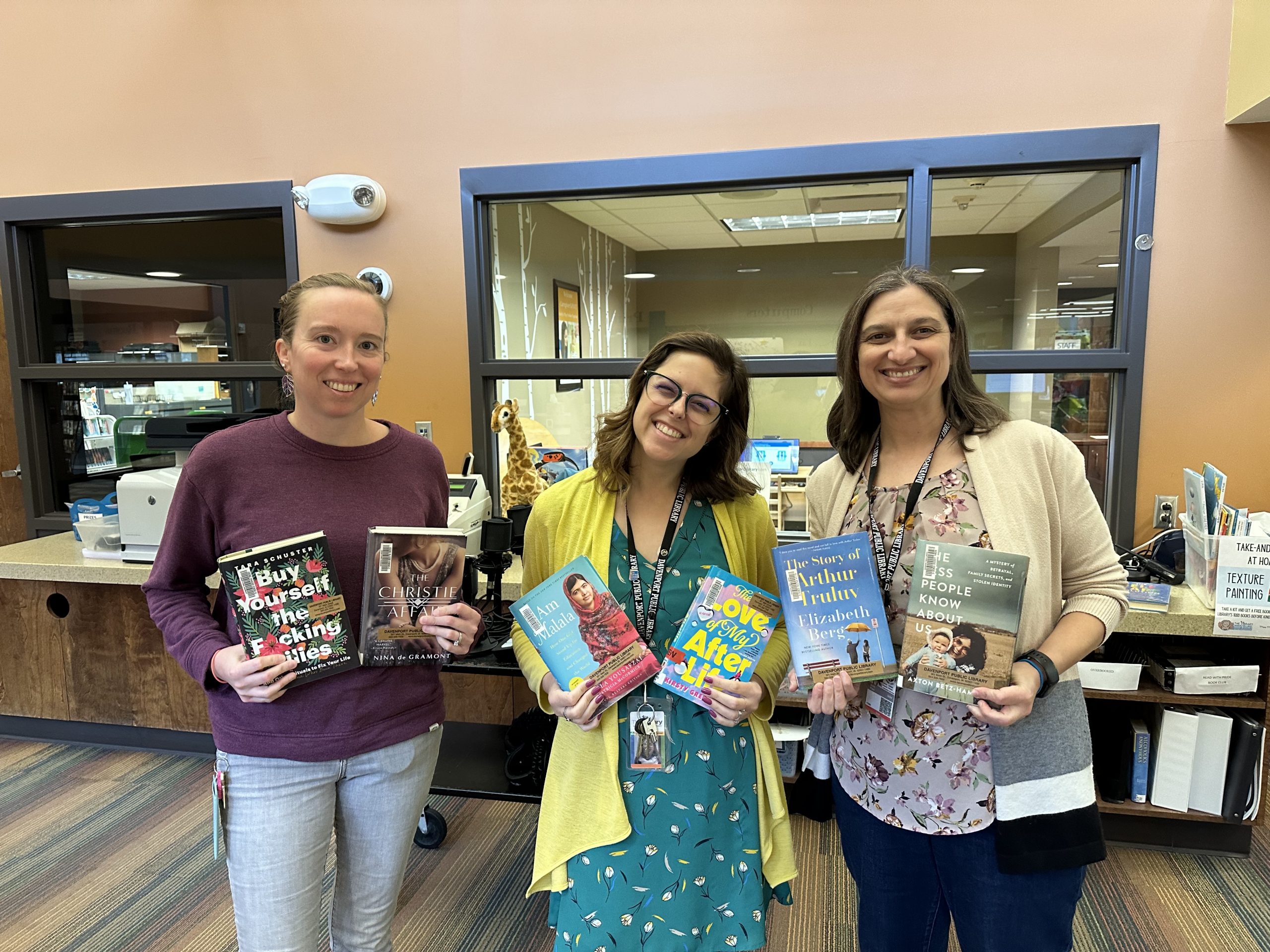






 Wintry Romances
Wintry Romances
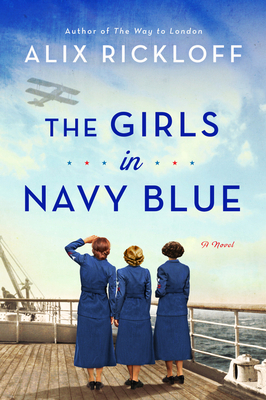





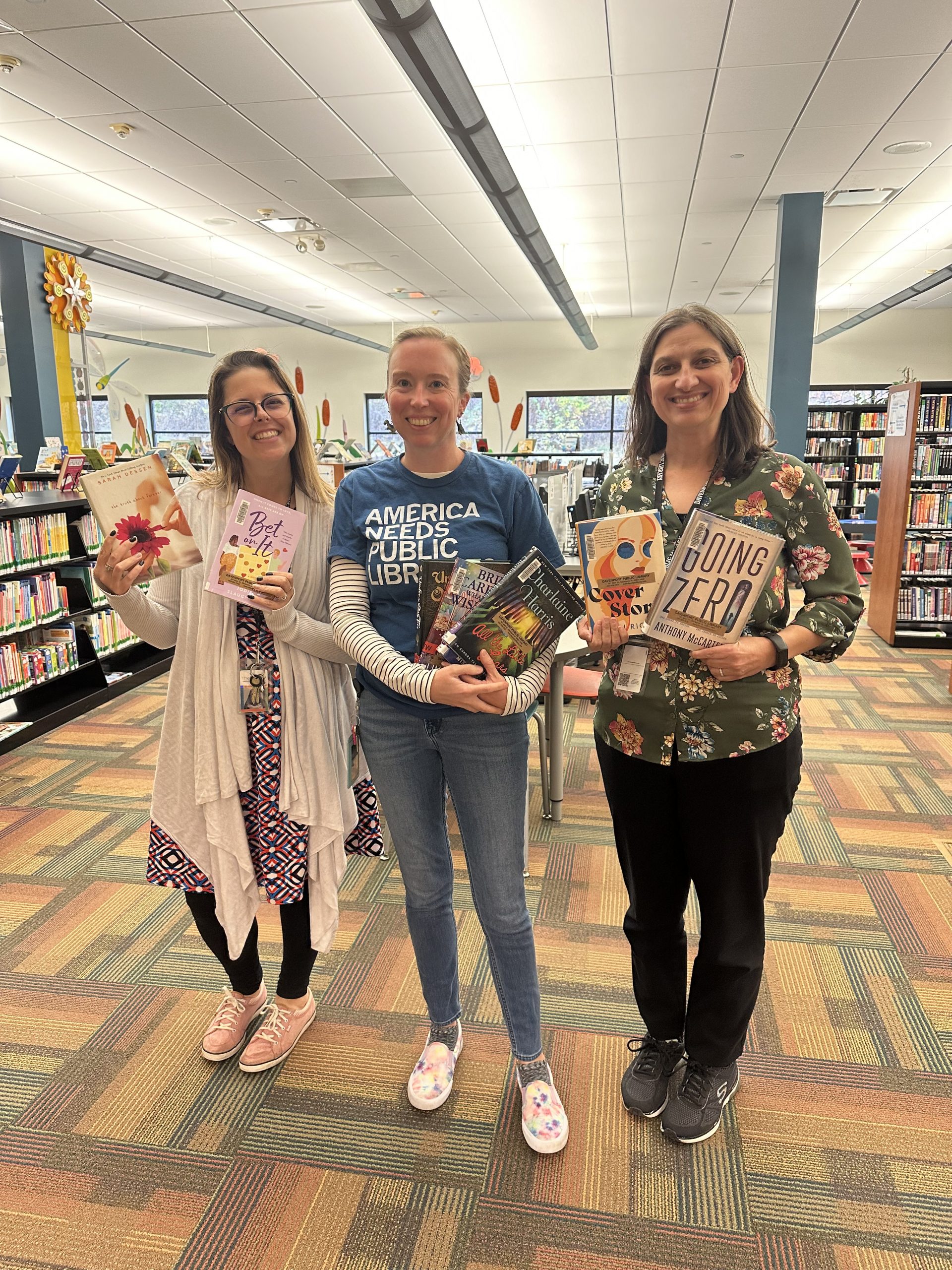
 National Game and Puzzle Week November 20th – 26th
National Game and Puzzle Week November 20th – 26th
 Business Program
Business Program

 Young Readers Day
Young Readers Day
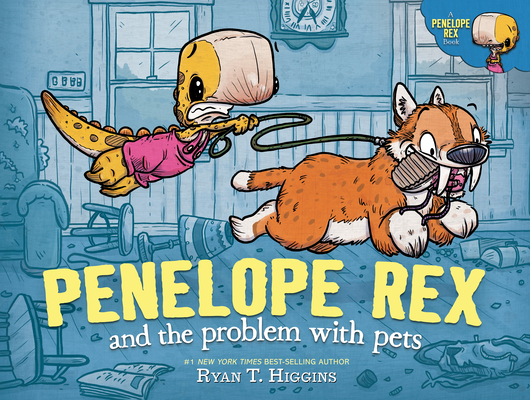








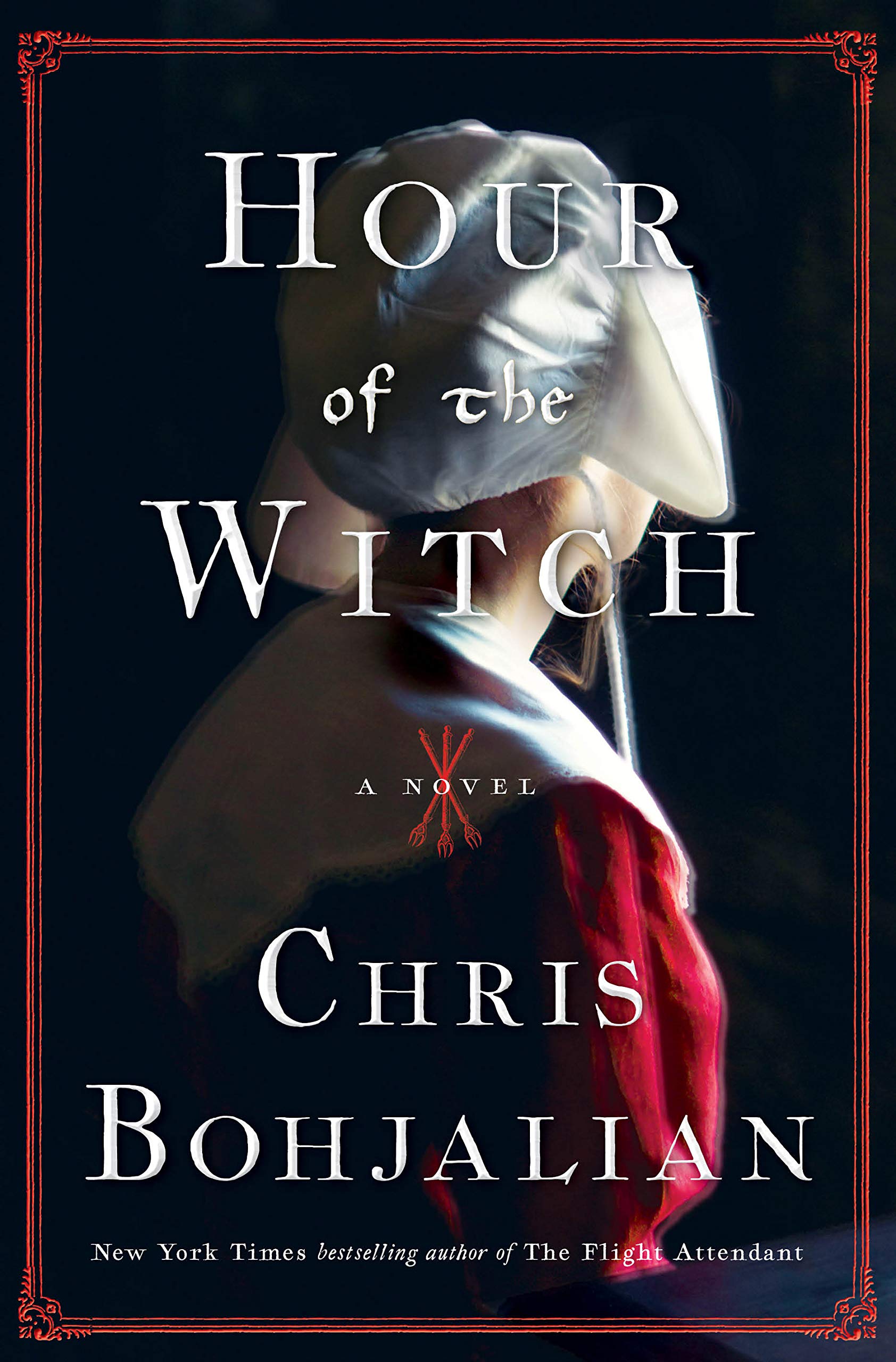




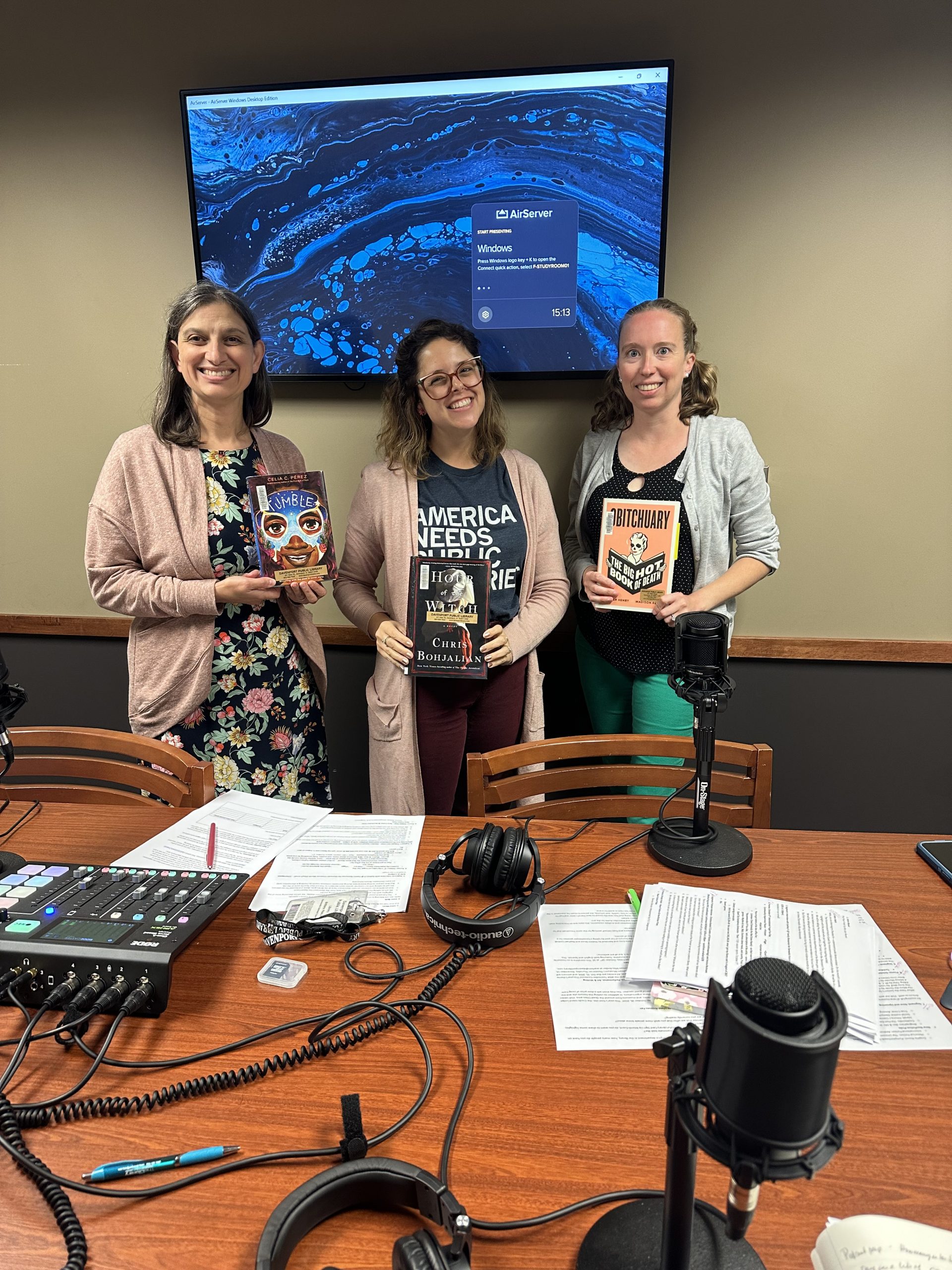




 What Our Hosts Read In September
What Our Hosts Read In September